A roof is more than just shelter—it protects your home, your family, and your peace of mind. For elderly homeowners or those living on fixed or limited incomes, a damaged or deteriorating roof can be a major concern, both financially and in terms of safety. Fortunately, there are free roofing programs available across the U.S. that provide critical home repair assistance to qualifying individuals. These initiatives aim to maintain safe and affordable homes, particularly for seniors and low-income families.
Programs offering home repairs for seniors, affordable homes nearby, and emergency roofing support can cover all or most costs associated with roof replacement. From federal grants to charitable projects, this guide is designed to help you understand the options available, determine if you qualify, and successfully apply for free roof replacement assistance.
Understanding Free Roofing Programs
Free roofing programs are assistance initiatives that cover the cost of roof repair or replacement for eligible homeowners. These programs typically come in the form of grants, government subsidies, or nonprofit assistance—and unlike loans, they usually don’t need to be repaid.
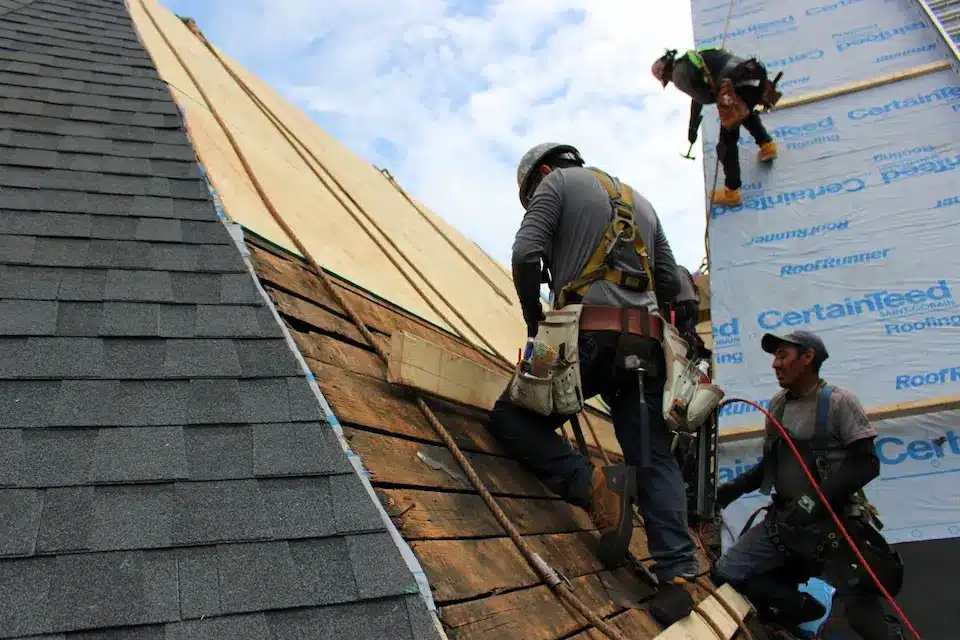
There are several types of roofing assistance programs, including:
- Federal Programs: These are government-funded programs such as the USDA’s Section 504 Home Repair grants and HUD’s Community Development Block Grants (CDBG).
- State and Local Programs: Managed by housing authorities and local governments to serve low-income residents and seniors.
- Nonprofit Initiatives: Charities like Rebuilding Together and Habitat for Humanity work specifically on home access and safety improvements for vulnerable populations.
- Industry Programs: Roofing manufacturers like GAF have initiatives like Community Matters, offering roof replacement assistance in underserved communities.
Why are roofs prioritized? Roof damage threatens a home's structure, energy efficiency, and safety—key issues for seniors aging in place. Most programs focus on homes that present immediate risks, especially for the elderly, individuals with disabilities, or those with very limited financial resources.
Eligibility often depends on income level, homeownership, and the condition of the roof.
Read more: The Ultimate Guide to Zero Turn Mowers: New, Used, and Commercial Options
Sources of Free Roofing Assistance
Federal Programs
USDA Section 504 Home Repair Program
Designed for low-income homeowners in rural areas, this grant helps seniors (62+) make critical home repairs, including roof replacements. The program is focused on safety improvements and can offer up to $10,000 in grants for qualified individuals.
HUD Community Development Block Grants (CDBG)
HUD allocates funds to local governments, which may use them to help seniors and low-income homeowners with vital repairs. Contact your local housing authority to see if roof replacements are funded in your area.
State and Local Programs
Many state housing agencies and municipal governments offer roof repair or replacement assistance. These programs often prioritize:
- Seniors living alone
- Residents in mobile homes or aging structures
- Homes that qualify as affordable housing
Some states also run weatherization assistance programs, which may include roof upgrades when needed to improve energy efficiency and insulation.
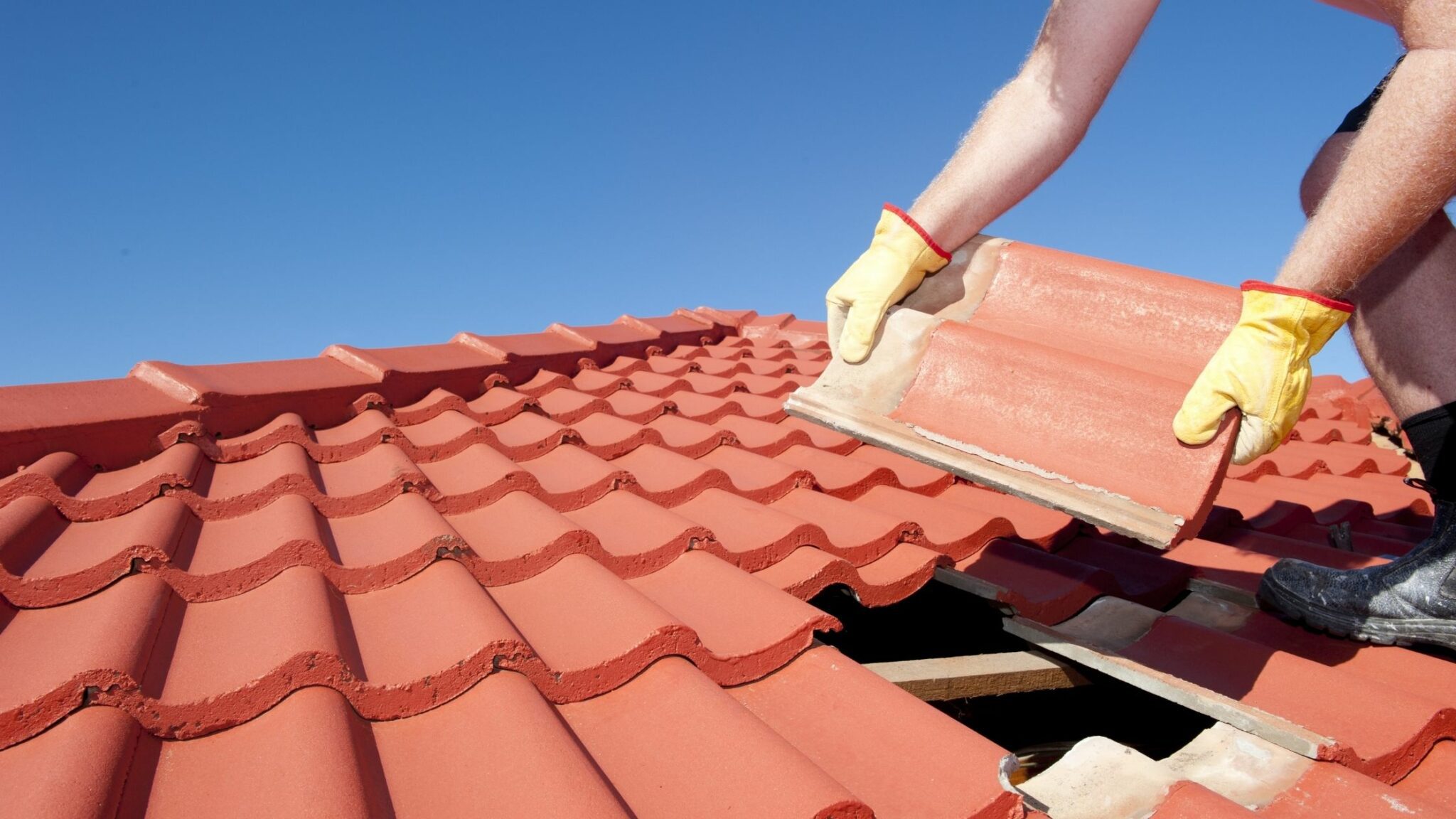
Nonprofits and Charities
- Rebuilding Together focuses on aging-in-place renovations, including free roof repairs for the elderly and disabled.
- Habitat for Humanity may offer help through local affiliates—especially when roofs pose a safety hazard.
- GAF’s Community Matters provides materials and funding for roofing projects in underserved areas. Applications often go through local nonprofits or contractors involved with the program.
Insurance and Emergency Aid
- FEMA may cover roof damage caused by natural disasters through its Individual Assistance program.
- Homeowners insurance can also pay for roof repairs due to storm or hail damage. If your deductible is waived or covered by other aid, this could mean no out-of-pocket cost.
Read more: Exploring the Hawaiian Islands Through Cruises from Vancouver
Eligibility Requirements
Eligibility for free roofing programs can vary depending on the organization or agency. However, most programs share a few core criteria:
General Requirements
- Homeownership: You must own and reside in the property.
- Income Limits: Programs are generally reserved for low-income households.
- Proof of Need: You must show that the roof is damaged and that repairs are essential.
Senior-Specific Requirements
Some grants, such as the USDA Section 504, are specifically tailored to seniors aged 62 or older. These programs may offer priority status to elderly homeowners living alone, especially in rural areas.
Documentation Needed
To apply, you’ll typically need:
- Proof of income (tax returns, SSI statements)
- Proof of ownership (deed or mortgage)
- Roof inspection report or documentation showing the current condition
- Estimates from licensed contractors or roofing companies
Program-Specific Rules
- Some programs require you to live in a specific location (e.g., rural area or city block).
- Others may prioritize applicants with health concerns, disabilities, or urgent home access issues.
Always read the fine print—some grants have strict compliance guidelines or caps on the amount of aid offered.
Step-by-Step Guide to Securing a Free Roof
Getting a new roof for free takes preparation and persistence. Here’s how to navigate the process:
Step 1: Assess Roof Condition
Start with a professional roof inspection to determine if your roof qualifies for replacement. Some nonprofits offer free inspections, or you can contact a trusted contractor. Make sure to take photos and request a written report outlining damages.
Step 2: Research Programs
Use official resources.
Also, contact local housing authorities and nonprofit groups like Rebuilding Together or Habitat for Humanity to ask about home repairs for seniors in your region.
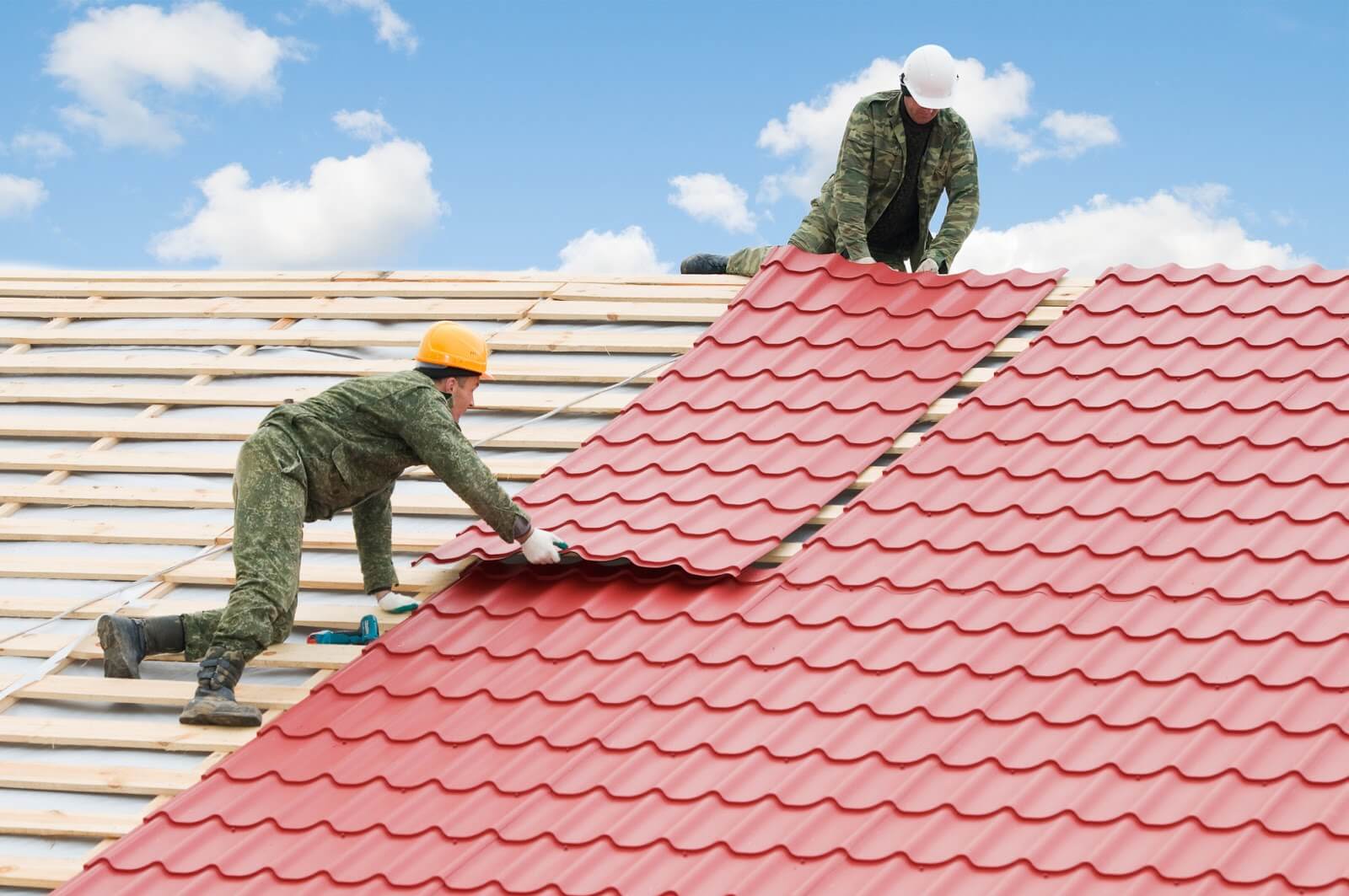
Step 3: Verify Eligibility
Match your situation with program requirements:
- Check age minimums (e.g., 62+ for USDA)
- Compare your household income with income limits
- Confirm that your home’s condition qualifies
Gather necessary documentation in advance, including tax forms, identification, utility bills, and contractor estimates.
Step 4: Apply for Assistance
Most programs will require a formal application. Be detailed:
- Describe the damage clearly
- Include inspection reports and photographs
- Attach quotes from licensed contractors
- Specify how the repairs will improve home safety
Take time to fill out every section correctly—missing details can delay or disqualify your application.
Step 5: Follow Up
After submitting your application, track its status through the program’s website or contact center. Respond promptly to requests for:
- Additional documentation
- Interviews or inspections
- Proof of residency or income changes
Step 6: Post-Approval
If approved, you may be assigned a list of approved contractors or need to schedule your own. Make sure:
- The contractor is licensed and insured
- Repairs are completed within the program’s timeline
- You or a family member are available for access during work
Keep copies of all receipts, communications, and agreements.
Tips for Success
- Apply early: Many programs run on limited annual funding. Applying early increases your chances.
- Document everything: Detailed photos, inspection reports, and repair estimates are essential.
- Ask for help: Local nonprofits and housing counselors can assist with finding programs and completing applications.
- Apply to multiple sources: Combine nonprofit aid, government grants, and insurance claims where possible.
- Avoid scams: Real programs never ask for upfront payments or fees. Always verify program legitimacy before sharing personal details.
Challenges and Solutions
Challenges
- Limited funding: Some grants run out quickly.
- Complex applications: Lengthy forms and documentation can be overwhelming.
- Ineligibility: You may not meet income, age, or residency requirements.
Solutions
- Reapply during new funding cycles.
- Appeal denials if you believe you qualify.
- Seek alternatives, like low-cost loans or roofing company assistance programs. Some local contractors offer pro bono services for elderly or low-income homeowners, especially those referred through nonprofits.
Persistence is key. Keep researching and applying until you find a match.
Conclusion
Replacing a damaged roof is essential for maintaining a safe and livable home—especially for seniors and low-income homeowners. Fortunately, there are numerous free roofing programs available through federal agencies, local governments, and nonprofit organizations. With the right information and careful application, you can secure funding and get the roof your home needs. Don’t let cost be a barrier—explore your options and take action today. A secure, energy-efficient roof can dramatically improve your quality of life and home safety, especially for those aging in place.

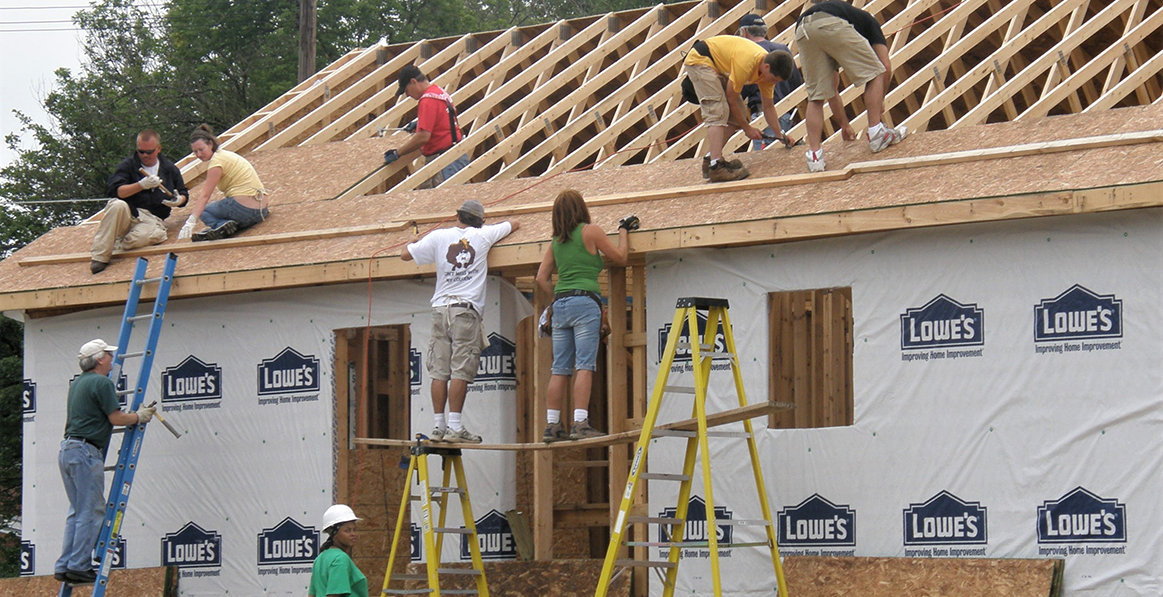
.png)


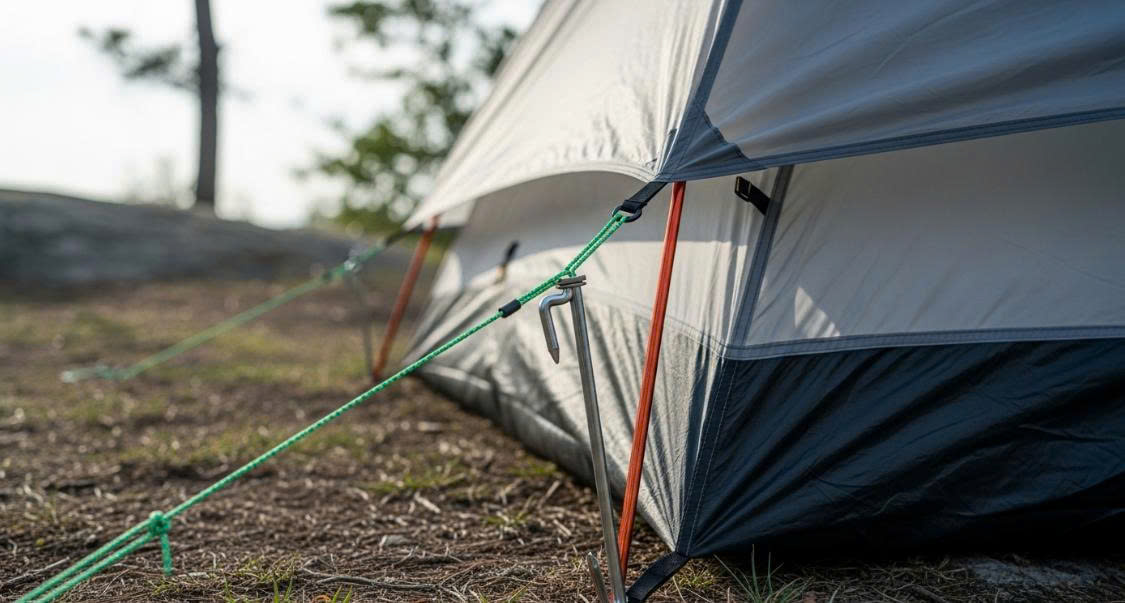

.jpg)
.jpg)






